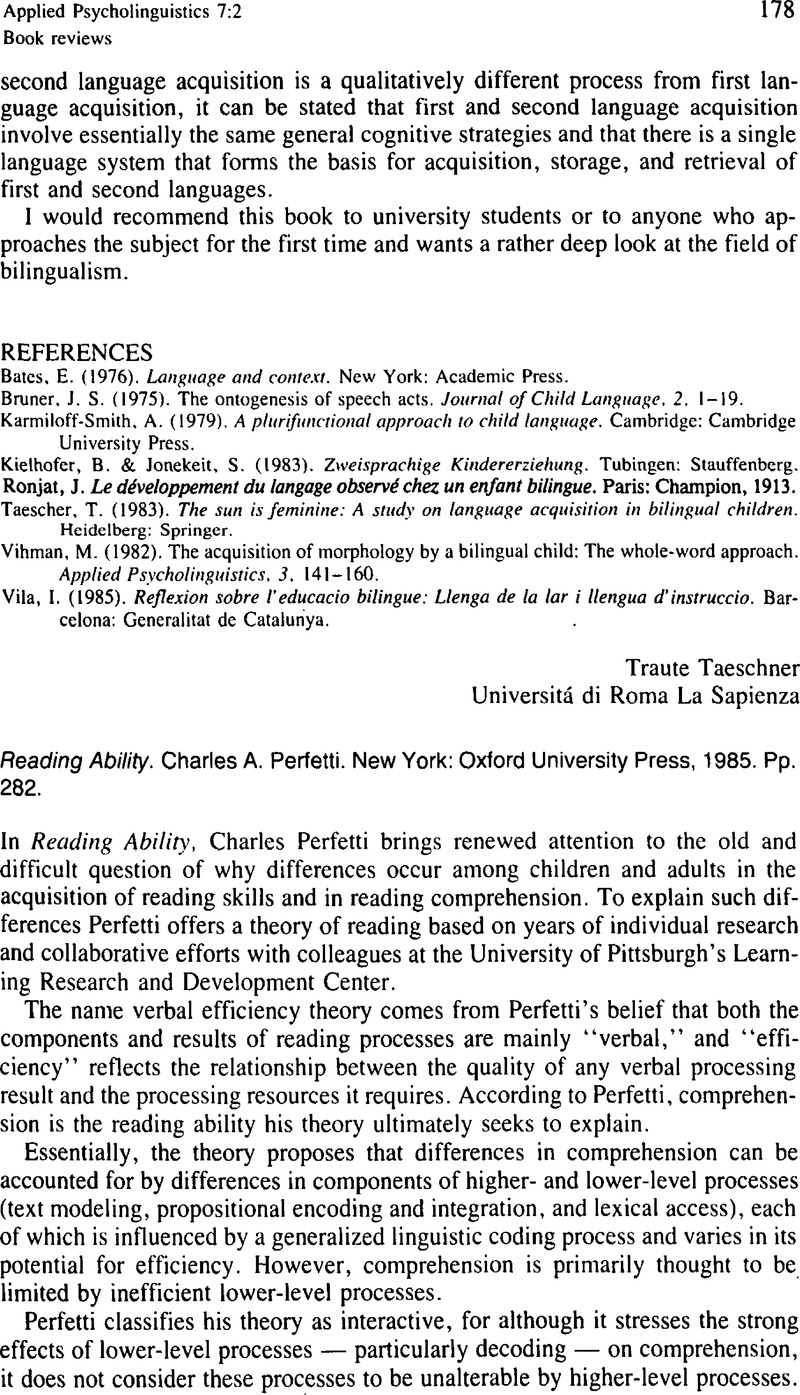Crossref Citations
This article has been cited by the following publications. This list is generated based on data provided by Crossref.
Paige, David D.
Rupley, William H.
Smith, Grant S.
Olinger, Crystal
and
Leslie, Mary
2018.
Acquisition of Letter Naming Knowledge, Phonological Awareness, and Spelling Knowledge of Kindergarten Children at Risk for Learning to Read.
Child Development Research,
Vol. 2018,
Issue. ,
p.
1.



